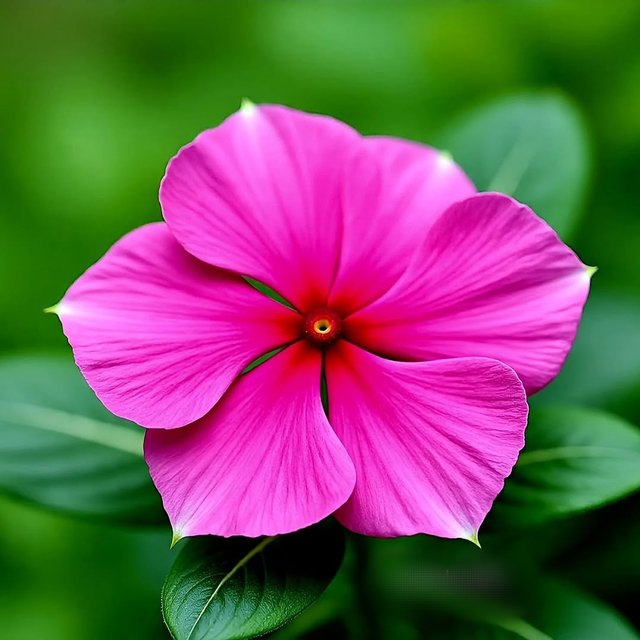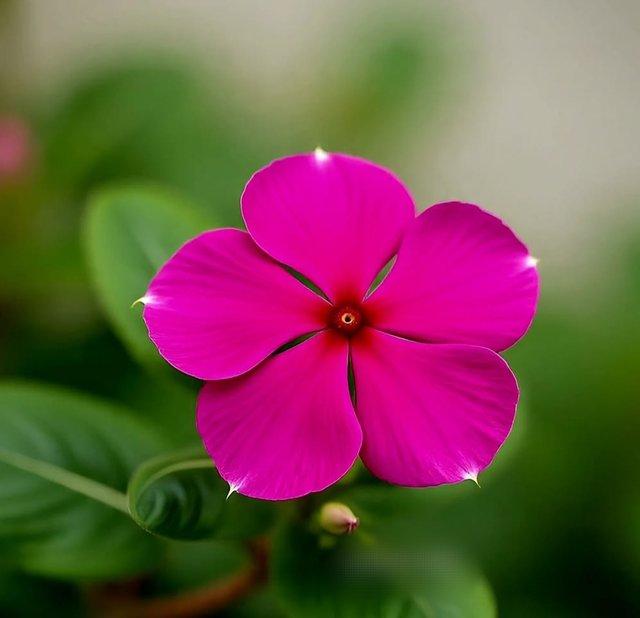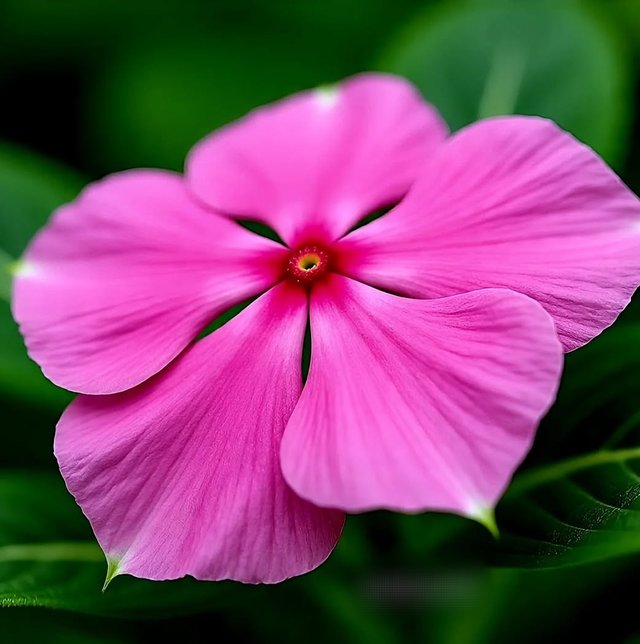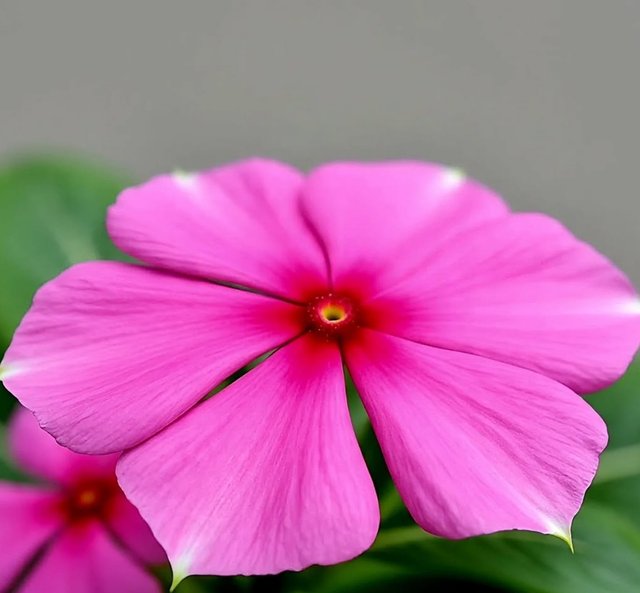Madagascar Periwinkle Flower
Madagascar Periwinkle: A Versatile Ornamental and Medicinal Marvel
Madagascar periwinkle, also known as rosy periwinkle or vinca, is a remarkable flowering plant cherished around the world for both its ornamental beauty and powerful medicinal properties. Belonging to the Apocynaceae family, this evergreen perennial is native to Madagascar but has adapted effortlessly to tropical and subtropical regions worldwide. Whether brightening a garden bed, thriving in a container, or serving as a crucial source of life-saving compounds in modern medicine, Madagascar periwinkle stands out as one of nature’s most valuable plants.
Botanical Features and Appearance
Madagascar periwinkle is a small, bushy plant that usually grows 30–90 cm tall. It features glossy, dark-green, elliptical leaves that are arranged oppositely along the stem. The plant produces charming, five-petaled flowers in shades of pink, rose, red, white, or lavender, often with a contrasting eye at the center. These blooms appear abundantly throughout the year in warm climates, making it a favorite for landscaping. Its tolerance to drought and poor soil makes it ideal for low-maintenance gardens.
Cultural and Ornamental Significance
Gardeners prize Madagascar periwinkle for its long-lasting color and resilience. It thrives in full sun but can tolerate partial shade, and its drought resistance makes it perfect for arid and coastal areas. It is commonly used in borders, ground covers, hanging baskets, and mixed planters. In some cultures, the plant is also used in traditional ceremonies or as a symbolic flower representing health and protection.
Medicinal Importance and Alkaloids
One of the most extraordinary aspects of Madagascar periwinkle is its role in modern medicine. The plant is a natural source of more than 70 alkaloids, some of which have powerful anti-cancer properties. Two of the most notable compounds, vincristine and vinblastine, are used in chemotherapy to treat cancers such as leukemia, Hodgkin’s lymphoma, and other malignancies. This discovery in the 1950s revolutionized cancer treatment and brought global attention to the plant. In traditional herbal medicine, extracts of the plant have been used to treat diabetes, hypertension, sore throats, and infections, although such uses should be approached with caution due to the plant’s potent bioactive compounds.




%20(7).jpeg)